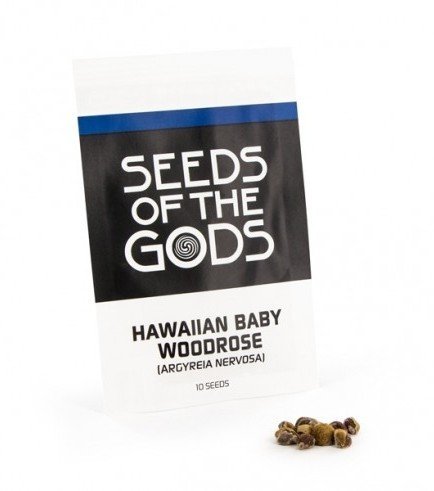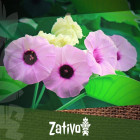Hawaiian Baby Woodrose
Hawaiian Baby Woodrose, or Argyreia nervosa, is a perennial climbing vine native to India, Hawaii and Africa. The seeds of the plant contain a naturally occurring tryptamine called LSA (or Lysergic Acid Amide), which is closely related to LSD. LSA is a compound that may induce sensations of euphoria and relaxation.
Hawaiian Baby Woodrose: Seeds containing LSA, similar to LSD
Hawaiian Baby Woodrose has long been used in spiritual celebrations in its native India. Users consume it to achieve feelings of well-being, euphoria and spirituality. Some people use it to induce sweating and to relieve pain. The experience is sometimes described as a milder version of what happens after consuming either LSD or cannabis. The hallucinatory effects of HBW are also described as similar to alcohol intoxication, with experiences of enhanced colours. Effects last between 6-8 hours.
The maximum safe dose is about 2 grams. Do not exceed the recommended dosage. Side effects may include nausea, blurred vision and vertigo.
-
All You Should Know About Hawaiian Baby Woodrose
Hawaiian baby woodrose is one of many entheogenic plants that have been used throughout human history to produce mind-altering experiences. The active substance in the seeds is LSA, a close molecular cousin to LSD.
-
Zativo's Top 4 Natural Psychedelics
There are thousands of plants and animal species that in some way or another are capable of inducing altered states of consciousness. In this article, we explore 4 of the most intriguing natural psychedelics.




